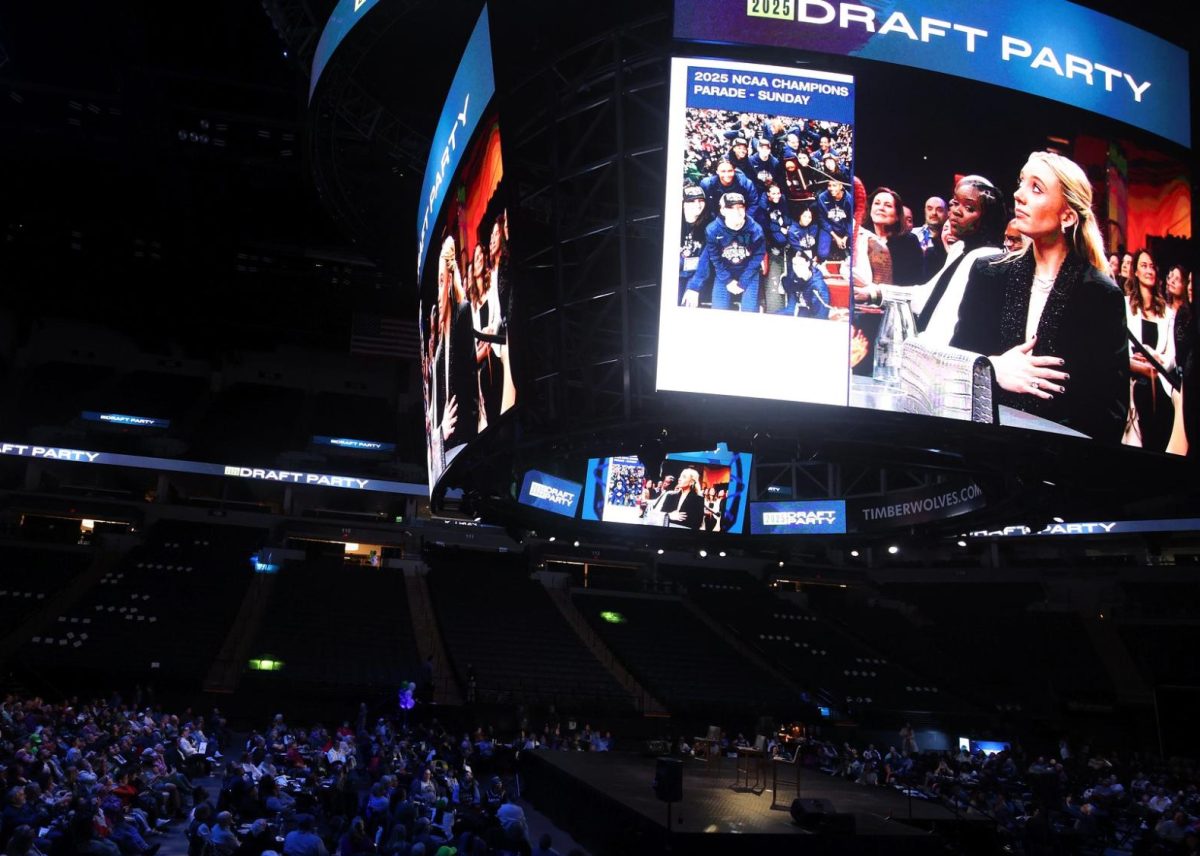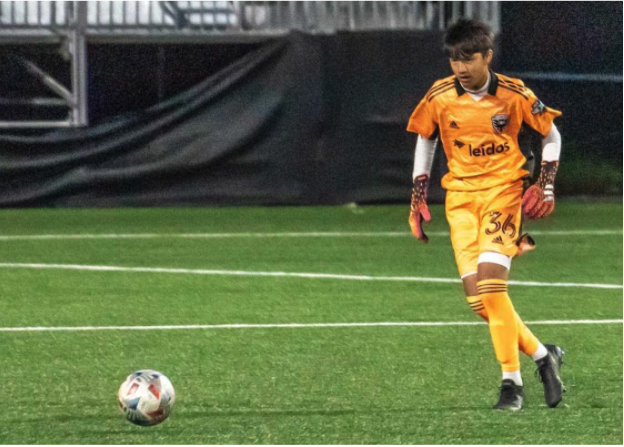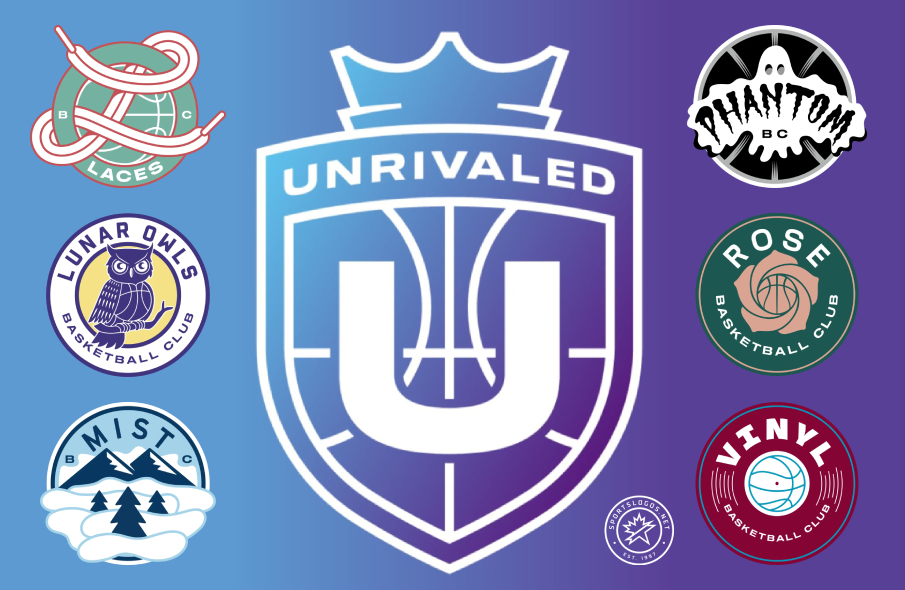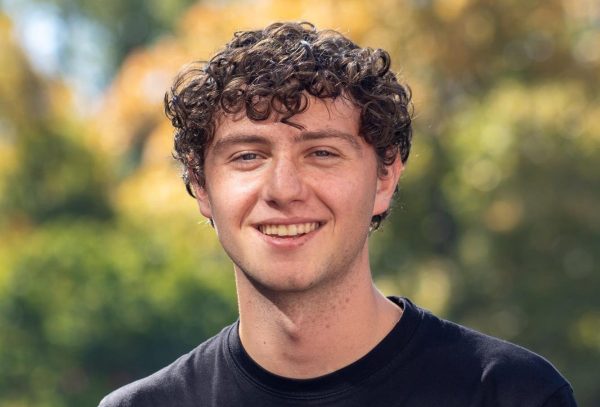Nervously waiting at home, freshman Ethan Talapatra, received an email regarding his tryout for the pre-professional team, D.C. United Academy. The academy is the youth and development program that feeds Washington’s Major League Soccer (MLS) club, D.C United.
It’s Talapatra’s dream to pursue professional soccer and making this pre-professional team is a huge step in that direction. “My goal is to make it pro someday, and I feel like I am on track to do so,” he said.
The stakes at the academy are unlike those at any other team, according to MLS Next. One of the academy’s main goals is to create a professional environment of competitiveness, which increases the pressure on players.
After multiple games with National Scouts watching during the 2020 fall season and tryouts, Talapatra plays on the team as a goalkeeper, where he has a chance to take his game to the next level and earn a professional team contract in the future.
Talapatra was ready to take a step forward to pursue professional soccer. “It was just a surreal push to get in, now I need to take advantage of this opportunity,” Talapatra said.
The team consists of twenty-three players, however, only eighteen get to make the team every week.
Though the academy’s main goal is to produce players that will be able to play professionally, players entering academies statistically have less than 0.5% of making a living from the game, according to Sky News. MLS academies are built to keep extreme pressure on the players.
“The club tries to make the players feel uncomfortable, consequently putting in the maximum effort,” D.C. United’s Under 15 Coach said.
Talapatra played for Bethesda’s Under 14 MLS Next Academy Team last year. MLS Next Academy Clubs are associated with several professional teams, either in North America or in Europe. The academies offer a pipeline of talent to the professional club.
Talapatra was scouted multiple times during his Bethesda journey. He was later identified as a goalkeeper in the area by a National Scout.
He was called back for three tryouts during winter 2020. He described the tryout process like “a pyramid.”
“If they identified you as the better player during the tryout, you would have been invited to the next tryout,” he said. “If not, you would not be invited back.”
He was then recruited during the summer and started training with the team in August. Competition is the key to success in pre-professional academies. Once the players are offered a spot on the team, it’s not guaranteed.
“Every day at the club is a battle, it’s a competition for your starting spot,” Talapatra said.
Players need to work for playing time every single week. Some weeks their name will be on the roster, and some weeks it won’t. Talapatra is the shorter of the two keepers on his team and he struggles to start due to his height.
“I was able to get playing time,” he said. “I was able to prove myself for a lot of games. I showed the director, the coaches, what I’m all about.”
Finding balance between school and soccer life is one of the hardest challenges for Talapatra. “None of us like schoolwork,” he said.
Training at the academy is very intense. It consists of one and a half-hour of a lot of technical work, core, flexibility, crosses from the fullbacks, side volleys and finishing. They also go over video analysis to become a stronger and less predictable team.
The intensity of the training pushes the individual to become a better overall player. “All day we look forward to training, because training is just something special,” Talapatra added.
Ultimately, respect between teammates is one of the academy’s primary goals. Talapatra tries to be a captain on and off the pitch, leading his way to becoming a professional player.
“On the pitch, we all compete for our spots,” Talapatra said. “Off the pitch, we are gentlemen.”
By Leonardo Sarzi Braga


































































